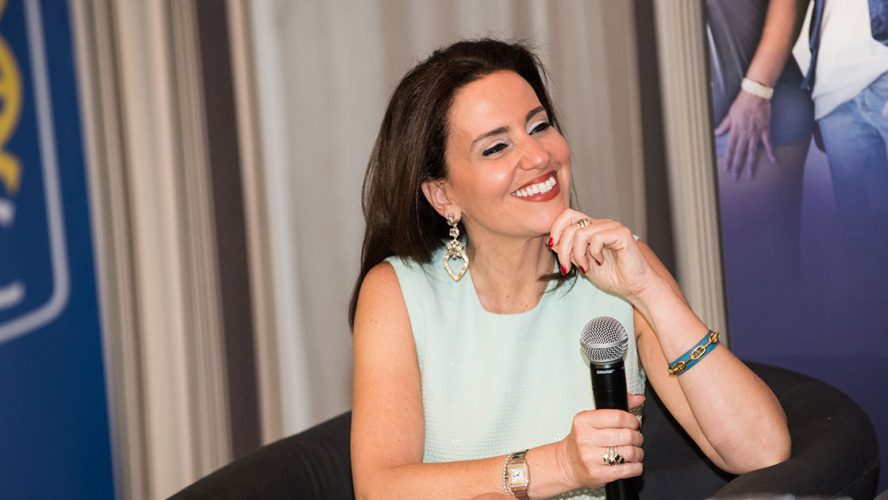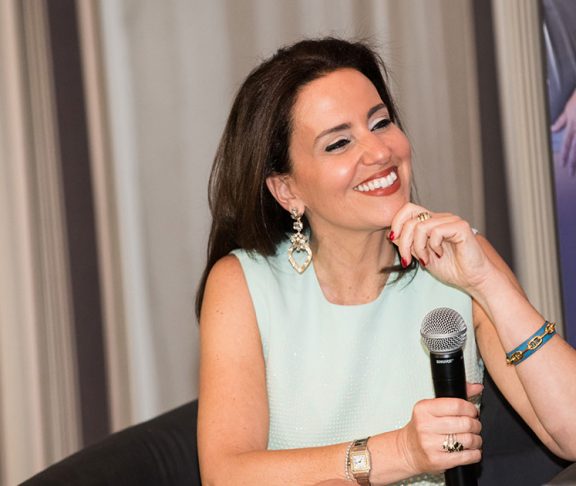Canada is often perceived as a socially progressive country that’s come relatively far when it comes to women’s empowerment. That’s true in many respects, but gender parity in corporate Canada is not one of them. “If you look at the top 500 organizations in Canada, only 5% of the CEOs are female — and that’s saying nothing of the composition of boards and executive teams. That’s striking, given that many people believe Canada has reached a certain level of gender equality,” says Caroline Codsi.
Codsi is the president and founder of Women in Governance, a not-for-profit organization focused on advancing the role of women in the corporate world. The organization is heading into its 10 year anniversary, and though the struggle for gender parity is far from over, there’s plenty to celebrate. Since its inception, Women in Governance has rapidly gained traction through its advocacy and mentorship programs. For Codsi, educating decision-makers on the multifaceted benefits of closing the gender gap is a major part of the effort.
Having more women in leadership roles isn’t just a matter of the intrinsic good of empowering women — it carries demonstrable economic advantages.
The economic benefits of having more women at the top
Having more women in leadership roles isn’t just a matter of the intrinsic good of empowering women — it carries demonstrable economic advantages. “I strongly believe that gender equality is going to be one of the biggest drivers of economic growth. Today, we’re only tapping into a minuscule portion of our talented women. We’re simply not leveraging, economically, what we could be in our country,” says Codsi.
Codsi credits her drive, in part, to her experiences climbing the corporate ladder in Canada. Starting in human resources and moving into other aspects of business development later in her career, Codsi found that the higher the rung on the corporate ladder, the fewer women there were in the room. That’s a problem for women — but it’s also a problem for the economy.
“In terms of financial performance, study after study demonstrates that the economic well-being of an organization increases with more diversity in an organization, and it’s easy to understand why. When there’s a decision to be made, and all the decision-makers have the same background, they’re going to come to similar conclusions,” she says. “Having a woman in the room, with a different perspective, increases the chances of coming up with a creative suggestion no one else would have thought of. In short, it’s a huge boon for innovation.”
Often, the leaders of corporations are just doing what they’ve been doing for decades — they’re open to change, but they don’t know how to implement it. That’s where we come in.
Caroline Codsi
How Parity Certification helps corporations move towards gender diversity
Women in Governance offers the Parity Certification, a concrete vehicle for assessing and improving gender diversity within a company, which was created through collaboration with McKinsey & Company, who has supported the non-profit for the past three years in evaluating all organizations. The past two years, because of Women in Governance’s rapid growth and penetration into the US market, Mercer and Willis Towers Watson has also joined the evaluation team.
“You have to go full circle and help organizations fix systemic behaviours that negatively impact women,” she says. “Often, the leaders of corporations are just doing what they’ve been doing for decades — they’re open to change, but they don’t know how to implement it. That’s where we come in.
The process involves assessing about 100 metrics at all levels of an organization, from recruitment to promotions, training, and compensation, and assigning the company a certification level ranging from bronze to platinum. But it’s not about labelling — it’s an educational exercise aimed at sustainably closing the gender gap. Along with the certification, the company receives a comprehensive set of recommendations to improve their gender diversity status and has the opportunity to apply for re-certification the following year.
“Every single organization we’ve certified in the past three years has moved the needle in the positive direction, and some — within those three years — have moved from bronze to platinum,” says Codsi. “It’s been immensely rewarding for us.”
In the face of systemic barriers, a concrete, results-focused approach is the only way forward. It’s time for Canadian organizations to proactively address the gender gap.



